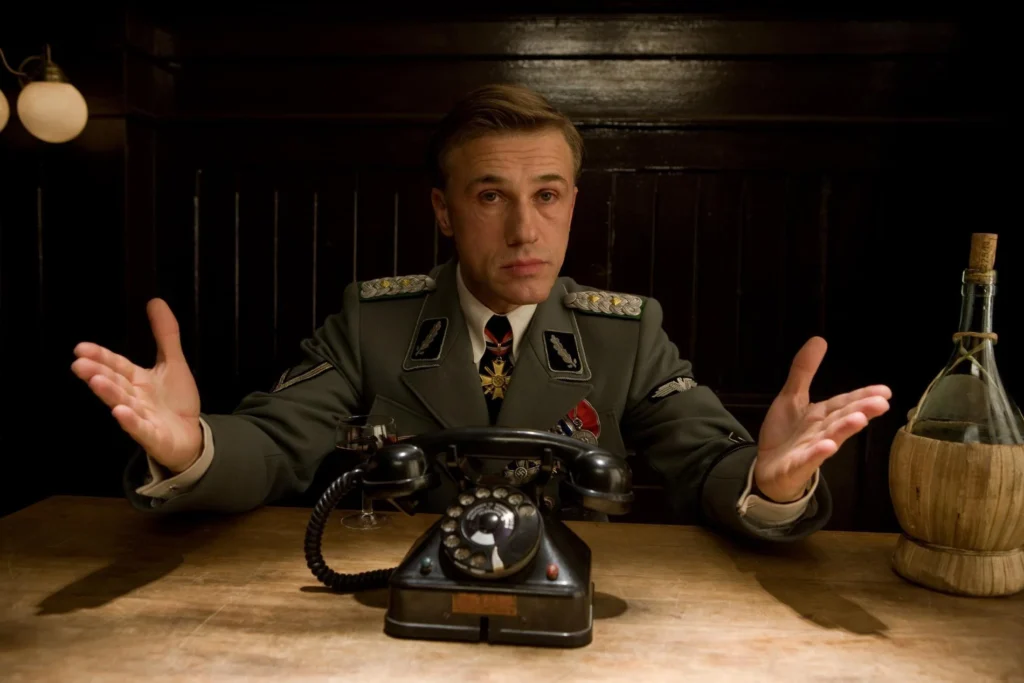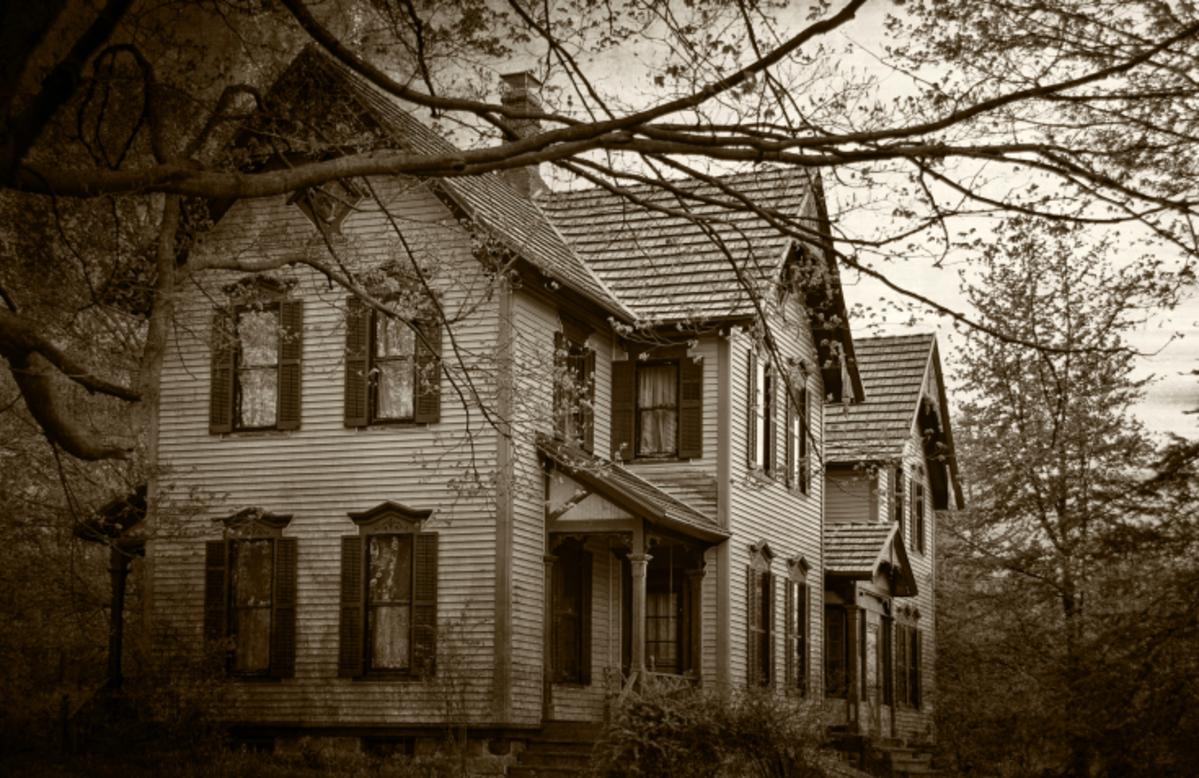A Blood-Soaked Ballet of Revenge
Quentin Tarantino’s Inglourious Basterds is not a war film—it’s a revenge fantasy draped in Nazi regalia, a spaghetti western by way of WWII, and a love letter to the power of cinema itself. With its razor-sharp dialogue, morally ambiguous heroes, and a villain for the ages, the film rewrites history with a smirk and a scalpel, proving Tarantino’s knack for turning brutality into art.

Masterful Performances
- Christoph Waltz as Col. Hans Landa: Waltz’s Oscar-winning turn as the “Jew Hunter” is a masterclass in menace. From the chilling opening farmhouse interrogation to his unnervingly polite strudel order, Landa oozes charisma and cruelty. His ability to switch languages (German, French, English, Italian) mirrors his psychological warfare.
- Brad Pitt as Aldo Raine: Pitt leans into caricature with a Tennessee twang and a penchant for carving swastikas into foreheads. His over-the-top bravado (“We ain’t in the prisoner-takin’ business; we’re in the killin’ Nazi business”) balances Waltz’s subtlety.
- Mélanie Laurent as Shosanna: Laurent’s quiet intensity steals the spotlight. Her final close-up, cloaked in vengeful resolve, is haunting.
Tarantino’s Signature Flourishes
- Dialogue as a Weapon: The film’s tension thrives in its verbal duels. The 20-minute tavern standoff, where undercover Basterds face off against SS officers, is a powder keg of suspense—resolved with bullets and bloodshed.
- Genre Mashup: Tarantino melds dark comedy (Hitler’s face riddled with bullets), spaghetti western tropes (Ennio Morricone-inspired score), and noir aesthetics.
- Meta-Cinematic Magic: Shosanna’s theater becomes a metaphor for film’s power to manipulate reality. The climax, set to David Bowie’s “Cat People (Putting Out Fire),” is pure Tarantino—anachronistic, audacious, and unforgettable.





Leave a Comment